Joel Meyerowitz – Leica Hall of Fame 2016
Joel Meyerowitz – Leica Hall of Fame 2016
Joel Meyerowitz
January 17, 2017

Woman in hat on street corner, New York City, 1974
2016 it is Joel Meyerowitz who will be inducted to the Leica Hall of Fame. Without a doubt, the photographer is counted among the most renowned representatives of US street and colour photography. Like few others, he manages time and again to draw out surprising and often very curious moments from the tangled confusion of everyday life. Recognised in a fraction of a second, the motifs always appear as perfectly composed images, regardless of whether they were taken in black and white or colour.
We spoke with Joel Meyerowitz on this momentous occasion.
LFI: What is the significance of the Leica Hall of Fame Award for you?
Joel Meyerowitz: To be recognized by Leica for a lifetime of working with their fine instruments is truly an honour. There is a rare and beautiful symbiosis between Leica and the artists who use their cameras. Something that is quite unusual in the technical world of today, so to feel myself as a part of a larger system is gratifying.
Since when have you been working with a Leica?
I was able to afford my first Leica just two years after I began photographing, which was sometime in late 1964. I felt the limitations of the cameras I had at that time and I wanted a more intimate instrument, one that could react in the 1000th of a second time frame I wanted to work in. My best friend at the time was Garry Winogrand and he used a Leica M3, and it was this combination of desire, need and friendship that stimulated me to buy my first M2.
Which cameras have you used throughout your career?
I’ve used the M2, M4 and M6. I’ve also used a wooden 8x10 inch Deardorff view camera for the last 40 years, but this was for delicate landscape work where speed was not the most important factor. And now I use, on an everyday basis, the M and the S series, both on the street, and for still lifes and portraiture, and any new commission that comes my way. In 2015, for example, I worked on a commission for Milan Expo where I had a whole pavilion devoted to portraits and still lifes of bread.
Does the camera play a role for your choice of subjects?
Well, to me street photography is the prime example of the perfect marriage of camera and subject. Now, with the S, I’m taking a series of still lifes, and the quality is so profoundly exquisite that I see no need to return to film and a large format camera.
What is your inspiration for making photographs?
When the ordinary world suddenly astonishes me, I make a photograph of whatever it is that my perception and intuition offer me.
Did the transition from analogue to digital photography influence your work?
Only in the sense that my darkroom days became fewer. I was perhaps the first photographer of note to use Photoshop. Back in the summer of 1991, a year after it was launched, I worked all alone on a beta version, with no directions or instructions. I taught myself everything about how to use it and then added some ideas, which I called and shared with Adobe.
What do you think of the current state of street photography?
It’s alive and well, and some interesting photographers have emerged precisely because of the digital potential; and with the internet these photographers have been able to form an enormous community.
The first time you were in Europe was in the late 1960s and today you live in Tuscany. Do you find a difference between working in Europe and the US?
Even though America has great diversity it still has a basic familiarity no matter where one goes. The same chain stores, the same foods with small regional exceptions, the same architecture in general; the attitudes are often similar no matter where one goes. But in Europe the diversity, the languages and customs, the old historical sense of the past in the present, offer me a visual freshness that I’m learning to understand more intuitively the longer I live here. In Europe I began making still lifes, a subject that was never of consequence to me in my 50+ years; yet here I am spending my days involved in a new project. Is it the European influence? I can’t say for sure, but it happened to me while I was here, so I have to accept that something here drew me towards it.
What are your wishes for the future?
I wish for larger things that go beyond my own well being and work. I wish for harmony between peoples, races, and countries. I wish for politicians who actually care about the people they represent and not primarily their own self-centred needs. I wish for young people the world over to live in a system where hope is part of their life – not like today where so many seem to be in despair; and that they might also find fulfillment by being involved in artistic pastimes.
Joel Meyerowitz+-
Born in New York City in 1938, Meyerowitz grew up in the Bronx. He first studied painting, before working as an Art Director. He has been considered one of the great representatives of American street and colour photography, since the sixties. He lives and works in New York and in Tuscany. More

Woman in hat on street corner, New York City, 1974

New York City, 1975
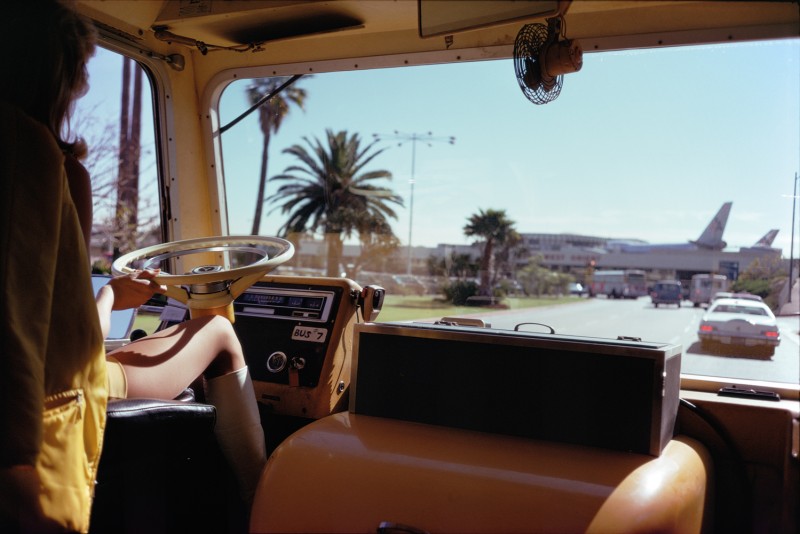
Los Angeles Airport, California, 1976

Wyoming, 1964
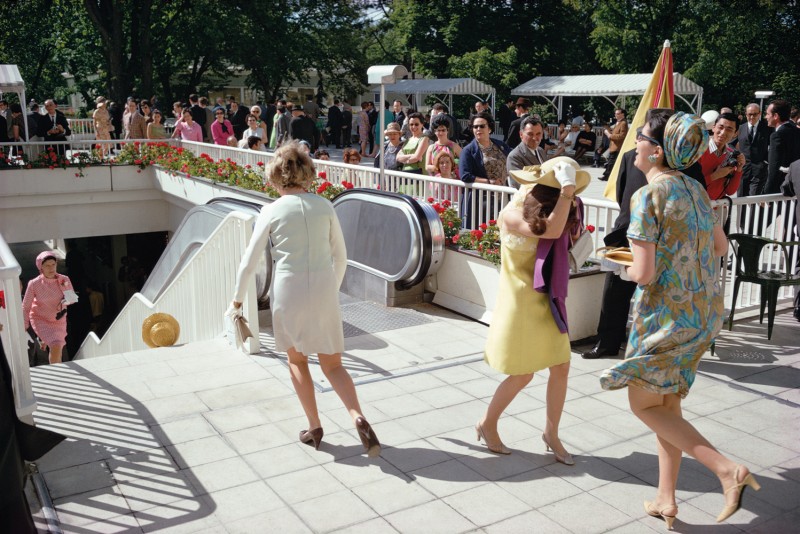
Paris, France, 1967
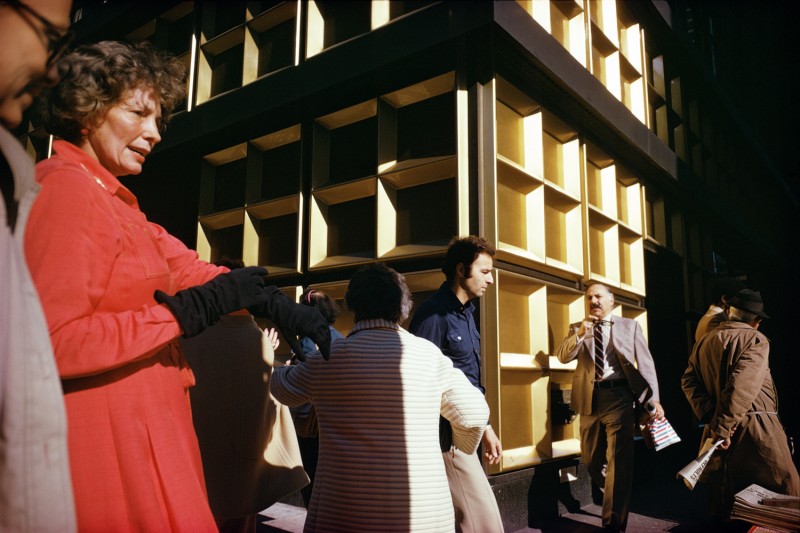
New York City, 1975
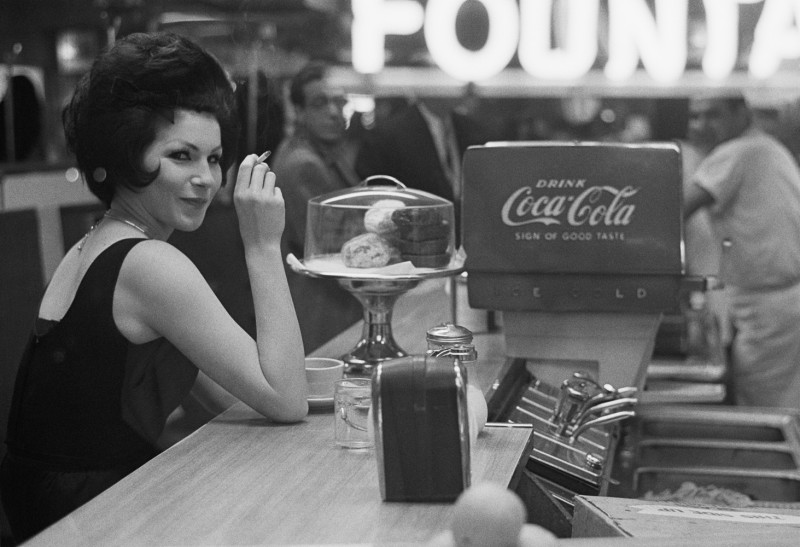
New York City, 1962
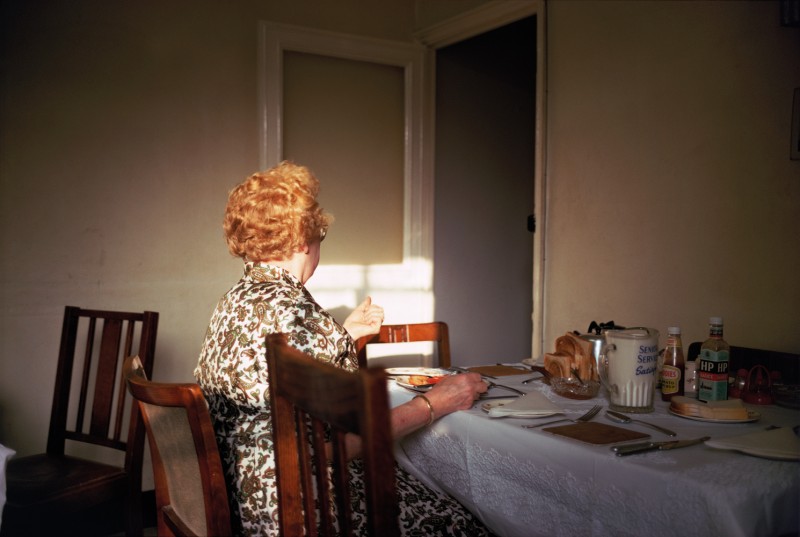
Wales, 1966